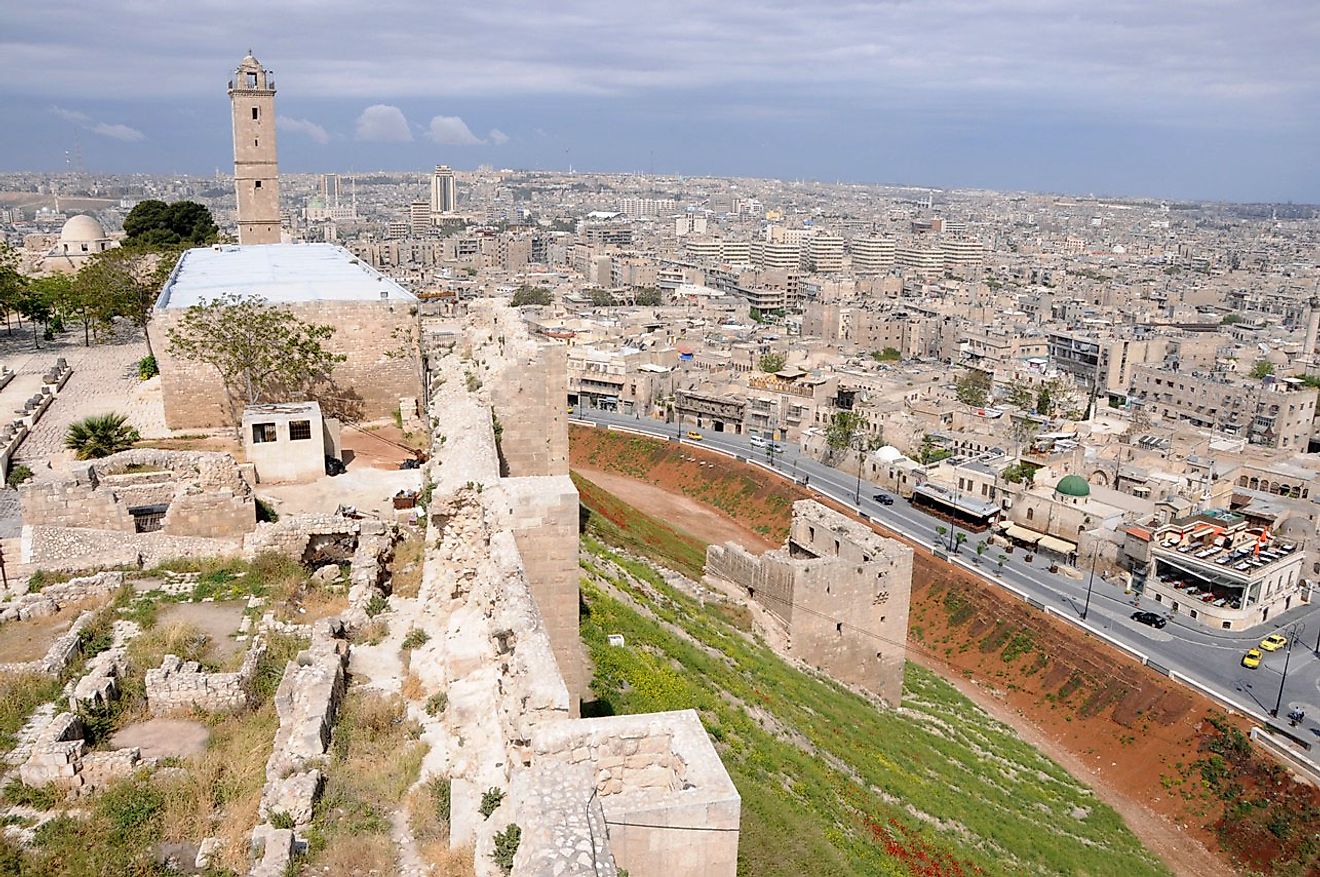Countries With Most Endangered World Heritage Sites

The Convention on the protection of the tangible and intangible heritage of humanity is one of UNESCO's core principles. Cultural monuments around the globe, which inform the subsequent generations about the development of the world history are often subject to decay by environmental factors or as a result of human activity. The list of threats includes the danger of armed conflict as the topmost, as well as illicit trade in objects of cultural heritage. When a certain site enters the list of UNESCO World Heritage historical monuments, the Organization subscribe to monitor its safety. In the case of an emergency, it sends experts to assess the damage and prepare emergency measures. At the same time, UNESCO organizes the international community in support of the World Heritage.
The Endangered World Heritage Sites
Syria
Middle East Countries can boast about hosting one of the most ancient civilizations of Mesopotamia with ruins of cities dating back to 5-4 centuries BC. In the place of current abiding of Syria, Yemen and Iraq once upon a time major trading routes were paved, one of the first in the history of mankind. In an era of widespread use of hydrocarbons, it was found that this same region also hosted the world's richest unexplored reserves of oil. Steadily, the Middle East economy flourished and became one of the world's major financial players. It is important to note that the region's countries also grew historically to develop a distinct authoritarian style of government. In the early 21st century the region witnessed great opposition to the existing powers from extremist oppositions or sometimes radical religious groups. Armed conflicts were most intense in countries with rich oil reserves. The last episode of the conflict unfolding in Syria. Strategically important part of the state is seized by ISIS, the radical religious state banned in many countries. Thus Syria's ancient monuments went under the serious threat. Some of the Syrian World Heritage Sites in Danger includes : Ancient City of Aleppo (became UNICEF monument in 1986); Ancient City of Bosra (1980); Ancient City of Damascus (1979); Ancient Villages of Northern Syria (2011); Crac des Chevaliers and Qal'at Salah El-Din (2006); and the Site of Palmyra (1980)
The Democratic Republic of Congo
A raging civil war in the Democratic Republic of Congo (DRC) is the reasons for pushing its national natural treasures to the brink of complete destruction. The endangered World Heritage Sites in DRC include: Garamba National Park (1980); Kahuzi-Biega National Park (1980); Okapi Wildlife Reserve (1996); Salonga National Park (1984); and the Virunga National Park (1979)
Yemen
The country of Yemen, located on the Arabian Peninsula, is third on the list. Endangered sites in Yemen include the Historic Town of Zabid (1993); Old City of Sana'a (1986); and the Old Walled City of Shibam (1982).
Iraq
Next country of concern for the UNICEF is Iraq, where ongoing armed clashes between government forces are forbidden extremist organizations is on escalation for three years with no visible improvement. The following monuments have been a target of extremist's attacks: Ashur (Qal'at Sherqat) (2003); Erbil Citadel (2014); Hatra (1985); Samarra - the large archaeological site (2007). According to UNICEF, two most valuable objects of cultural and religious heritage sites of Palestine are facing a serious threat, converted to be in use for military purposes, and many times being targets, as well as objects of looting and cultural property trafficking.
Mali
On the sixth position is the African nation of Mali, where UNICEF have strongly reacted to the desecration of mausoleums in Timbuktu.
Georgia
In Georgia, in the Caucasus on the Eurasian continent, two culturally significant sites demand the concern of UNICEF.
Afghanistan
Afghanistan, the country largely exposed to Al Qaeda influence has to take measures to protect its historic treasures, as well as the African country of Côte d'Ivoire, where the civil war has continued for many years.
The Significance of World Heritage Sites
Architectural monuments and important historical sites are the subject of national pride for citizens of their respective countries. When this summer the Romans saw bathing tourists in the fountains of the 16th century, their indignation knew no bounds, which instantly reflected in the increase in fines and better monitoring. Any significant historical object is the subject of national identity and aims to reveal a person his cultural and ethnic roots. Terrorism no matter of what sort, targets at the destruction of the cultural chain linking the individual with its traditions and historical pride. New-born regimes in countries where coups or political turnover have taken place, have a common pattern to introduce changes in history and clean up or replace items that tell about the nation's past achievements. UNESCO's role in the protection and preservation of all historically significant sites is truly invaluable, regardless of the regime or cultural ideology of the given country at the current stage of history.
Countries With Most UNESCO World Heritage Sites In Danger
| Rank | Country | Number of World Heritage Sites In Danger |
|---|---|---|
| 1 | Syrian Arab Republic | 6 |
| 2 | Democratic Republic of Congo | 5 |
| 3 | Yemen | 3 |
| 4 | Iraq | 3 |
| 5 | Palestine | 2 |
| 6 | Mali | 2 |
| 7 | Georgia | 2 |
| 8 | Côte d’Ivoire | 2 |
| 9 | Afghanistan | 2 |











